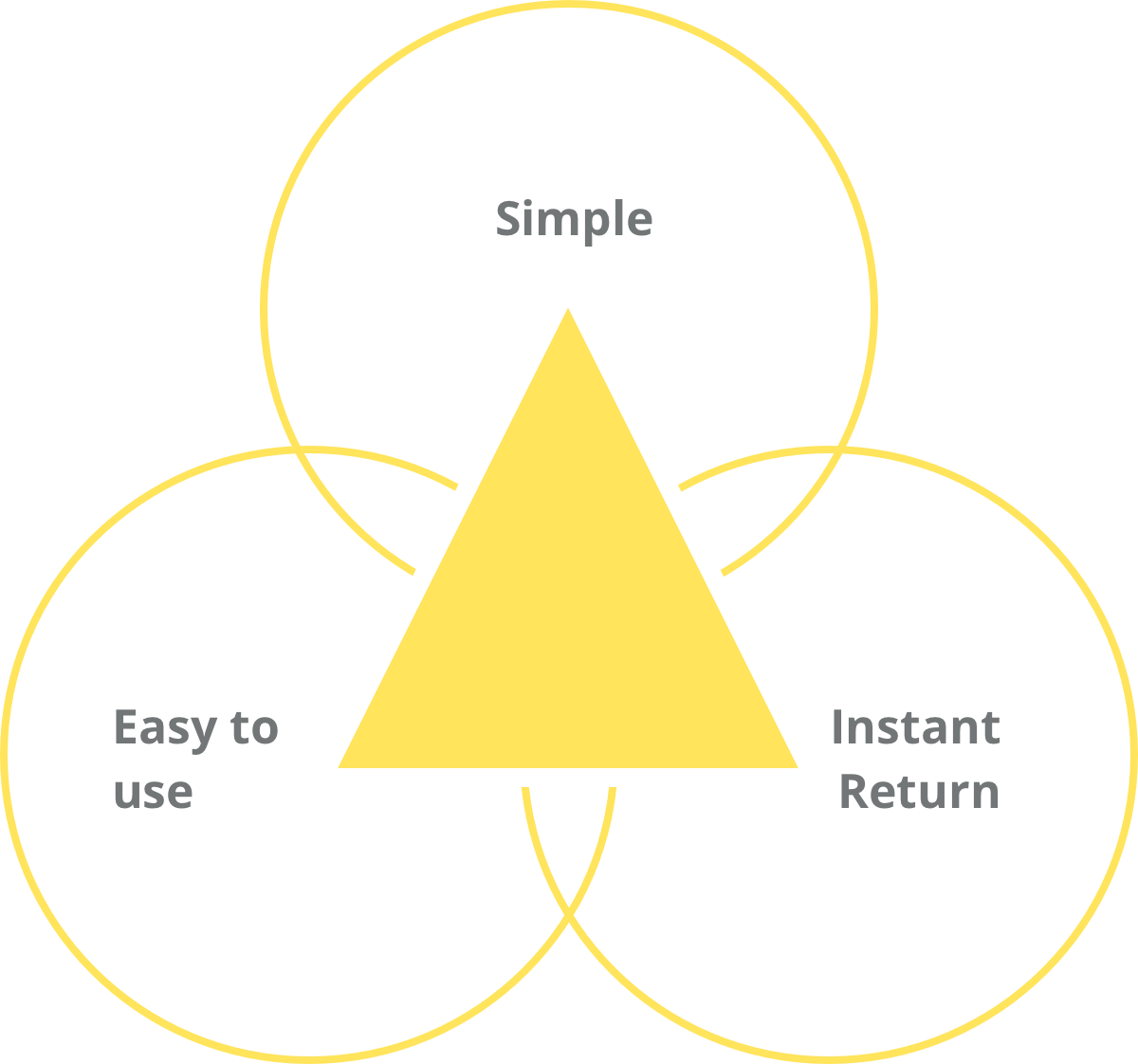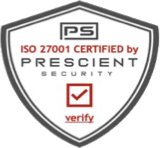Absent double-monitor computers and the ability to send emails on smartphones, in many ways lawyers continue to practise the same way they have for generations. The legal industry has oft been described as the last great mature industry to modernize. However, growing pressures from clients and stiffer competition from new legal service providers are compelling law firms to slowly introduce new processes and technologies in order to internally increase work efficiency and externally create client value.
Legal technology can be divided into two tags: necessary and nuisance.
Necessary technologies, the smaller of the two categories, are tools a modern law firm needs in order to function. Photocopiers, email and the telephone are just three examples.
Alternatively, nuisance focused technologies, where the vast majority of legal technology falls under, provide solutions that are faster, better and cheaper than existing methods and processes. These solutions alleviate real nuisances, but are not required to practise law. For example, AI powered due diligence software “reads” contracts and parses out key information. However, teams of junior associates can perform the very same task, albeit at a slower rate and higher price. Nuisance alleviating technologies are value-added solutions that law firms should strongly consider implementing but are reticent to adopt.
The Legal Technology Sales Triangle

For law firms, the consideration to adopt nuisance alleviating technologies is based on three factors: the simplicity of the technology, the product or service’s ease of use, and how quickly the financial returns are realized. These considerations, taken together, form what we at MinuteBox call the “Legal Technology Sales Triangle.” The degree to which each node is considered and satisfied may help determine whether a law firm will adopt a new nuisance alleviating technology.
Simple
Make sure your nuisance alleviating technology is simple in the eyes of lawyers. While outsiders see an industry inching towards modernization, lawyers feel that they’re on a bullet train moving at top speed. Understanding lawyers’ perspectives is essential when presenting new technologies or innovations to law firms. Too much change too quickly is risky, and lawyers, as practitioners of risk aversion, will more often than not opt to remain on familiar turf.
So when pitching nuisance alleviating technologies to lawyers ask yourself the following questions:
- Is my presentation too technical?
2. Will lawyers understand what I am trying to do?
3. Is this a tiny step or radical step in terms of how lawyers and law firms work?
Easy-To-Use
Many lawyers have been practicing the same way for decades and are prone to reverting back to tried and true processes whenever new technologies are introduced. Familiarity with tools and techniques creates a pervasive stickiness. Even though some steps in a legal process may be redundant, lawyers still follow each step. Their individual technique works for them.
Therefore, as a starting point, any new technology must be as easy or easier to use than whatever techniques or solutions the lawyers are currently using. That means if the current process takes five steps, any new solutions must be five steps or fewer. It doesn’t matter how complex the new step; a mouse click, an extra button press, even excessive load times all repel lawyers back to their preferred techniques.
New nuisance alleviating solutions must also be out-of-the box ready. Law firms are busy and are looking for end-to-end solutions that don’t require a lot of onboarding on their part.
The one exception to the easy-to-use requirement is if each additional step yields exponential returns. For every additional button press, mouse click or lag time, the financial return must be high.
Instant Return
The sooner a firm can see financial returns from the adoption of a technology the faster that firm will adopt it. For the vast majority of law firms, strategic decisions are made by the senior leadership, often composed of very senior partners nearing retirement. There is thus a lack of incentive for some decision makers to adopt high cost technologies which only yield returns in the distant future.
While some new technologies can positively impact a firm’s financial position in the long term, the immediate value in the eyes of the decision makers is limited. Instead, senior decision makers will be more inclined to invest in technologies that may be less impactful but have immediate financial returns.
The Legal Technology Sales Triangle is by no means a comprehensive tool when it comes to selling nuisance alleviating technologies to law firms. Yet it adds a sense of perspective for how most firms operate and the considerations they weigh when deciding to adopt impactful technologies.


